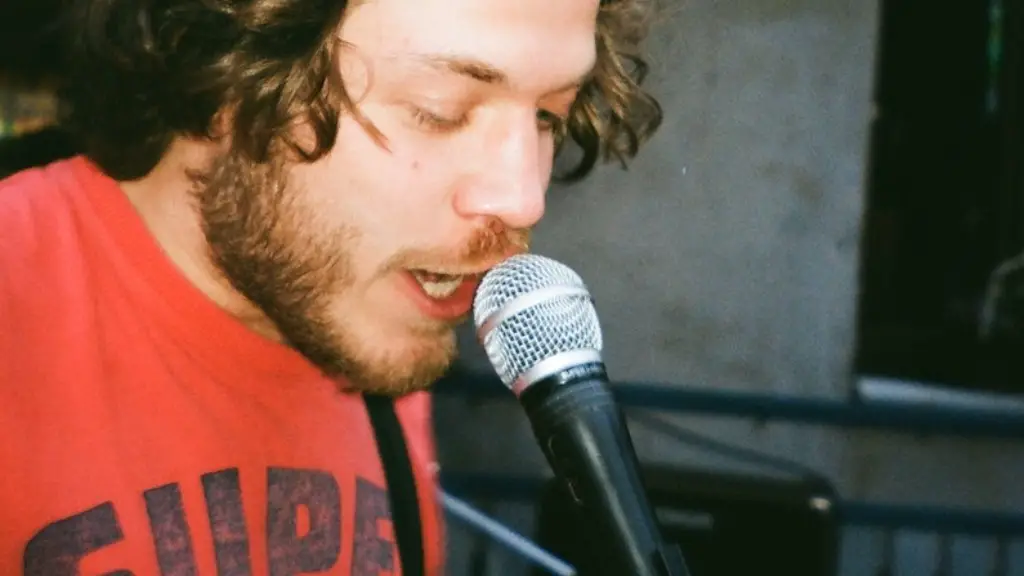Have you ever dreamed of drawing a beautiful Japanese cherry blossom tree? It’s never been easier! With this simple step-by-step guide, you’ll be able to get started right away and create a stunning artwork that is sure to leave your friends and family amazed.
To start, grab your pencils and paper, prep your drawing area and let’s get started! First, you’ll want to decide on a few key elements to make your work stand out. You’ll want to draw the tree with its branches, the flowers, and – if you’re feeling ambitious – some birds flying around. When you have your elements, it’s time to actually put pen to paper.
Start by sketching out the trunk and main branches of the tree. Don’t worry if you don’t make it perfect – it’s just the beginning. From the main branches, draw off more minor ones that will be the foundation of your cherry blossom tree. Layer your strokes to create more depth and dimension.
Now it’s time for the fun part – bringing your cherry blossoms to life! Give your blossoms their unique shape and flair by adding a few strategic curved lines to your petals. Start by drawing a few open flowers, then move on to tightly closed up buds. Fill in your tree with these delicate petals and you’ll start to get an eye-catching piece of artwork.
It’s a long way to the finish line but to make sure your piece really stands out, you should add a few final touches. Once you have your flowers ready, it’s time to take your skills to the next level. Add a few birds for a sense of life and movement, paint some of the petals in different colors, or even add some shadow to bring your image to life.
Once the flowers, branches and birds are finished, it’s time to focus on the background. With the elements of the tree popping out, a simple background can make a huge difference in its overall appeal. Lastly, don’t forget to make the cherry tree pop against the rest of the canvas. Try to achieve a nice contrast between the elements and their background by adding a bright color and shading in some of the shadows.
Now that you know how to draw a stunning Japanese cherry blossom tree, you can get started right away. Have fun playing around with the style and composition of your pieces and you’ll soon know how to pull off a stunning creation that is sure to impress. Good luck!
Once you have the basics of your cherry blossom tree figured out, the next step is to apply some elements of Japanese culture. Research traditional Japanese symbols, such as the sakura flower, rising sun symbols, and even ancient gods and goddesses in mythology. You can weave them into your artwork and give it an extra special touch.
For a more realistic touch, consider adding Japanese text to your artwork. Even if you can’t read or write Japanese, it can still give your piece a nice authentic feel. You can check online for free and freely available Japanese fonts that you can download. You could also look for images of actual Japanese characters and incorporate them into your drawing.
Don’t forget the finishing touches! You can add a glittery layer of watercolor to certain parts of the tree, adding a magical glimmer to your artwork. Put your entire piece in a frame and hang it on the wall to give it a finished look.
Turn your drawing into a digital piece of art and share it with the world. There are plenty of apps, such as Procreate, that allow you to turn your artwork into an electronic masterpiece. Send the cherry blossom to your friends and family and amaze them with your artistic talents.
So, there you have it – a step-by-step guide on how to draw a Japanese cherry blossom tree. With the right resources and a bit of creativity, you can create your own stunning art. So, gather your materials and get drawing!
